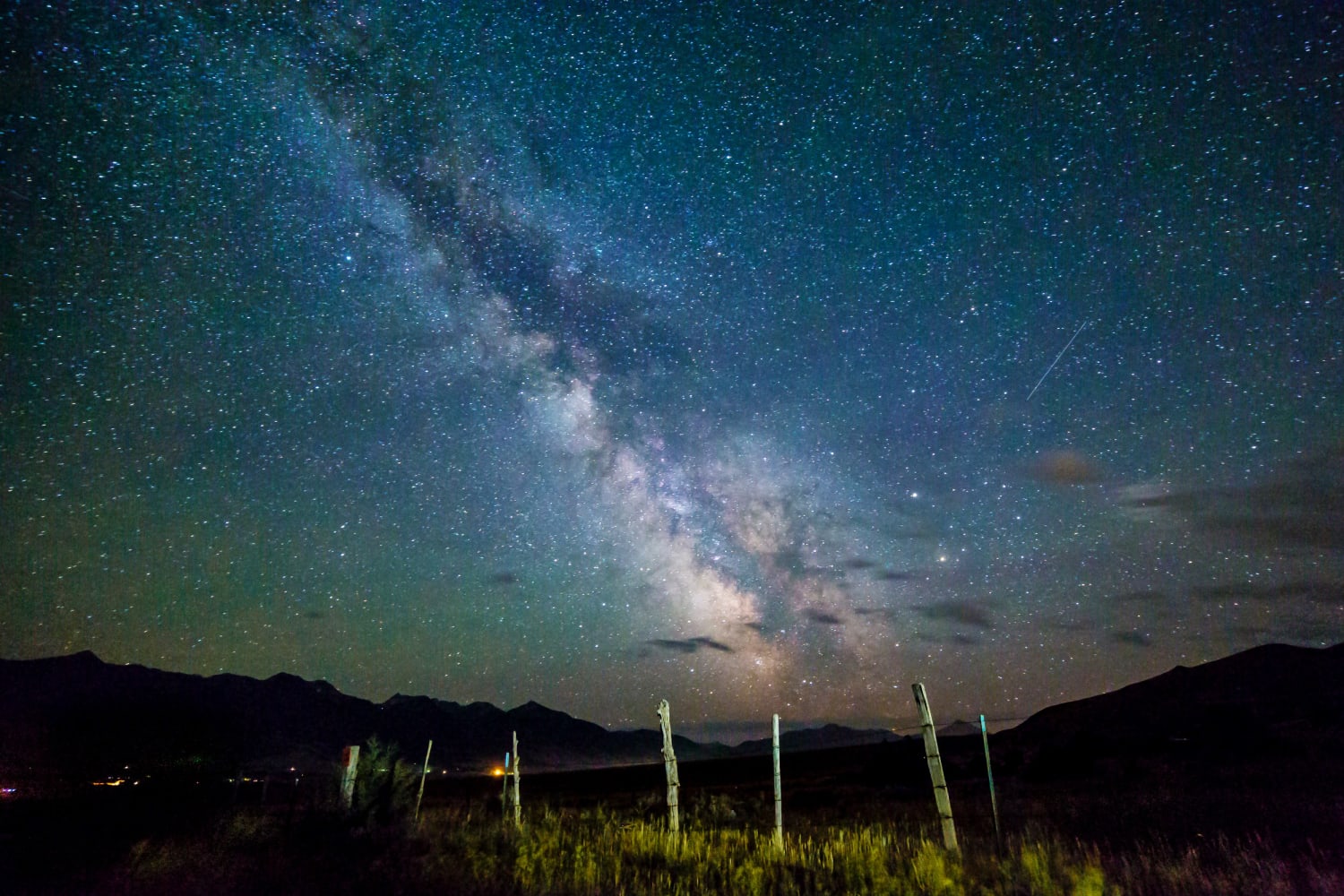
An international research team has discovered the first chemical traces of some of the oldest stars in the universe.
The study, which was conducted by researchers from China, Australia and Japan Published online in Nature Last week confirmed the existence of massive stars in the early universe.
“Astronomers expected that in the early universe, there were stars that could be very massive,” Zhao Gang, a researcher from the National Astronomical Observatories of China and one of the study’s authors, told NBC News. “Scientists have been trying to find the evidence for decades.”
Zhao and his team found that the so-called first-generation stars, which lit up the universe 100 million years after the Big Bang, would have had up to 260 times the mass of the Sun, matching astronomers’ predictions.
First-generation stars had short lives that ended in partial explosions, and they can only be detected by the chemical signatures they left in the generation of the stars they left behind. Those first-generation stars can become parent stars for later-generation stars that inherit their chemical signatures.
Meanwhile, first-generation stars consist almost entirely of hydrogen and helium, while current stars contain more metallic elements. Thus, the researchers were looking for stars without a lot of metallic elements.
The researchers focused on a star named LAMOST J1010+2358, which has certain chemical properties. After the researchers matched its chemical spectrum to theoretical models, they confirmed that LAMOST’s parent star J1010+2358, a first-generation star, had a mass 260 times that of the Sun.
“The first-generation star we observed has the potential to become the oldest star we’ve ever seen,” said Alexander Heger, a professor at Monash University’s School of Physics and Astronomy in Australia who was part of the research team. “Maybe he only lived for two and a half million years, and then exploded.”
Heger added that it was important to investigate first generation stars because “that’s how it all starts”.
“It’s about understanding our origins and the origins of the universe,” he said. “So far, this is kind of a blind spot in our understanding of the entire history of the universe.”
This kind of evidence has been very difficult to find, said Quentin Andrew Parker, director of the Space Research Laboratory at the University of Hong Kong.
“It’s like looking for a needle in a haystack because our galaxy is made up of billions and billions of stars,” said Parker, who was not involved in the research.
The findings were based on observations from two of the world’s largest ground-based telescopes, the Large Sky Area Multi-Object Spectroscopic Fiber Telescope (LAMOST) near Beijing and the Subaru Telescope in Hawaii, operated by the National Astronomical Observatory of Japan.
“LAMOST has proven to be very efficient, taking spectra of a large number of stars,” Parker said. “You can capture 4,000 spectrums from 4,000 different objects at the same time.”
Parker said the research team’s success was not just a matter of basic science but also the result of “fantastic international collaboration,” noting the use of two state-run telescopes and the talents of different researchers.
“If you’re just working in your silos and a nation here and you’re not allowed to collaborate with people all over the world, you’re not getting the full picture,” he said. “You don’t have the right experience. You don’t have the right insights.”
“This is how modern science works at its best.”

“Web maven. Infuriatingly humble beer geek. Bacon fanatic. Typical creator. Music expert.”





More Stories
Scientists confirm that monkeys do not have time to write Shakespeare: ScienceAlert
SpaceX launches 23 Starlink satellites from Florida (video and photos)
A new 3D map reveals strange, glowing filaments surrounding the supernova